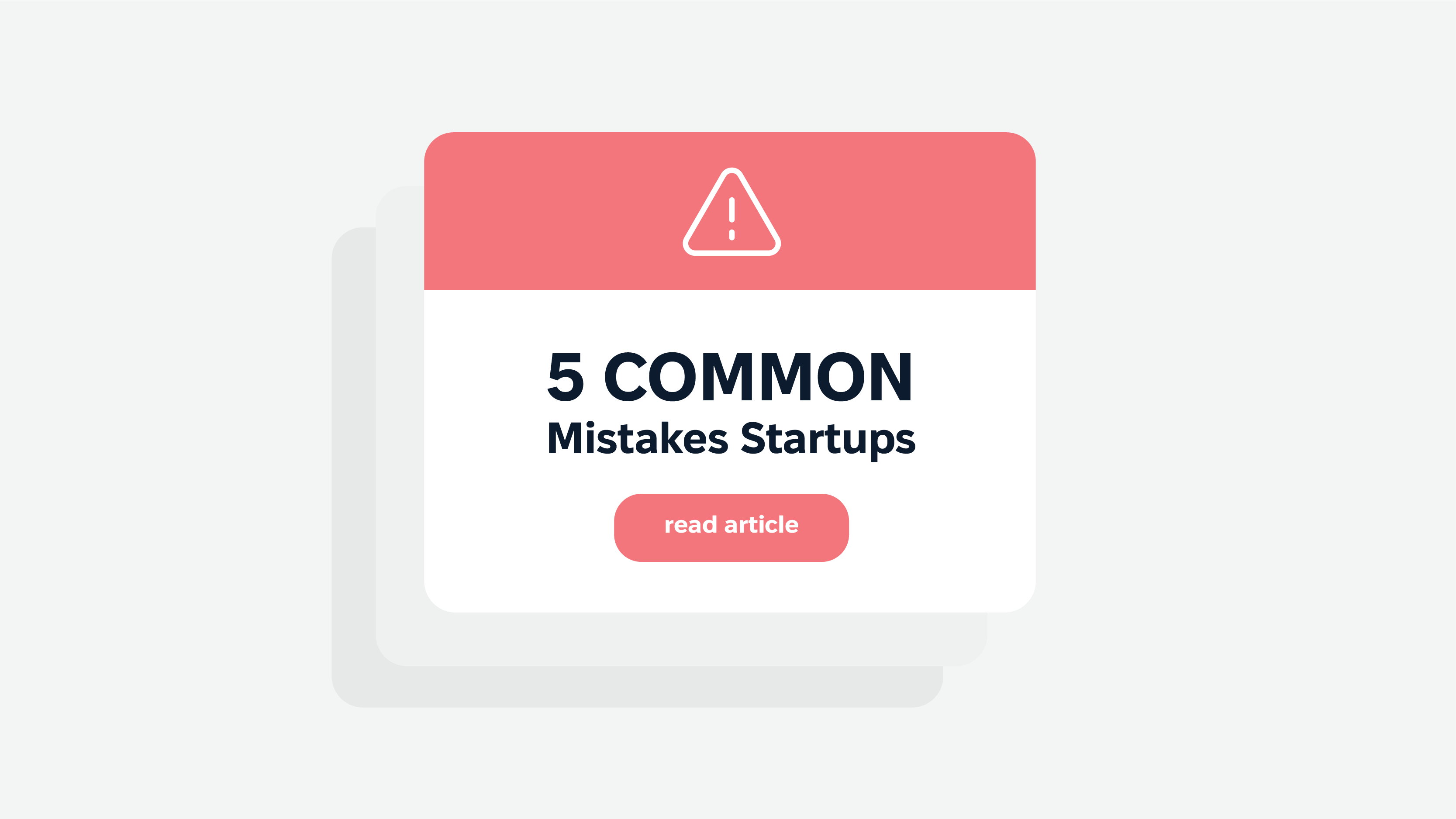Millions of people are under threat of being furloughed, billions of dollars are needed to offset the losses and stabilize the global economy.
In this article, we’d like to highlight the problems the travel market faces and the solutions that should be considered in responding to the crisis.
Are travel workers under the threat of losing jobs?
Workers employed in the hospitality industry are a vulnerable group of people who are about to be devastated by efforts to fight the coronavirus pandemic. Millions of jobs within the industry are at risk of being lost.
Many companies worldwide make sick leave policies more flexible during the pandemic. Generally, employers try not to short the committing of paying sick-leave bracing up the employers. But that’s not enough.
Unless the governments worldwide come through with some immediate aid, the employers of the hospitality industry will be the most hammered compared to other industries.
Are governments providing any support?
The coronavirus has already resulted in tens of billions of dollars in losses for global tourism businesses. Governments and authorities worldwide take extra measures to relieve the pain of the tourism business and its employees. Some countries made a quick response to the crisis. And here what they do.
The Australian federal government unveiled a $715 million relief package to help the country’s tourism and aviation industries. Measures include refunding a range of government charges, air service charges, and regional security fees.
Sweden and Denmark provide $300 million in loan guarantees for the Scandinavian travel market and carriers.
The German government provides special loans for Lufthansa.
The Finance Ministry in India is considering a proposal that includes the temporary suspension of most taxes related to the sector.
The U.S. authorities will provide the travel industry with $58 billion finance assistance in grants and loans.
In many countries, the tourism industry is an inevitable part of GDP. Governments worldwide are too shocked to take immediate actions, but we are sure that they won’t let the industry fail.
How is the travel business responding to the crisis?
Around 80% of all tourism businesses are small-and-medium-sized enterprises (SMEs), and those entrepreneurs who were not financially healthy before the crisis are very vulnerable now.
The most significant part of small travel agencies is currently closed during the quarantine. Some are going to partially pay salaries to employees if only they have enough cash reserves to cover a few months of their fixed costs. Some travel agencies get completely closed with the subsequent dismissal of staff.
The owners of established travel businesses are expected to have financial government support and “tax holidays”.
Mature tour operators can primarily function in two ways: return money for dismissed flights and tours or ask tourists to rebook them for other dates with a small commission. The first option will definitely lead to rapid bankruptcy. The second option is the ability to keep the head above water for tour operators nowadays.
What about travel startups?
Let’s have a look at how three European travel startups are responding to the sudden global crisis.
TravelPerk
TravelPerk is a travel booking platform based in Barcelona. When the crisis hit the global travel industry, the first thing the TravelPerk did was the switching of the sales team to customer support. Moreover, all the workers were shifted to 100% remote working for safety concerns.
To manage the rapid flow of cancellations, the product FlexiPerk was launched. It allows users to cancel or make any changes in their bookings and get at least 90% of the money back. FlexiPerk gives people certainty about the mid-term or long term future and plugs any booking gaps without losing the money.
Thanks to investors, the company has a good cash position for hiring more engineers for acceleration in product development. Also, they keep investing in the product and service.
GetYourGuide
GetYourGuide is a Berlin marketplace selling sightseeing tours. Before the coronavirus outbreak, the company got recent bank financing that helped to cope with a sudden hit. GetYourGuide has also gone fully remote.
The team has been able to quickly redirect resources on servicing customer needs. Besides, they provide their customers with full flexibility on cancelations and rebookings within 24 hours with a total refund and no questions asked. If customers go under 24 hours, they get a gift coupon for further rebook of the full value. In case some customers are affected by a lockdown, they will get the full amount back.
Omio
Omio is a multi-modal travel aggregator and booking platform located in Berlin. The company was lucky to be well funded, so the virus hit wasn’t too hard for it. On the contrary, the company considered the demand crunch as an opportunity to rechannel investment into the core product. During the crisis, Omio is fixing all the systems they could not invest in before.
To respond to ongoing challenges, Omio put together three internal tasks — one which is focused on supporting its customers; the second — on employees; and the third is concentrated on business stability and figuring out where to invest and where to retrack. The company hired a team of 10+ people responsible for managing three workstreams.
All three companies are focusing on product and engineering. They are improving the products for their customers. When the crisis ends, they come out with a better technology product and a much better supply base.
How to save the global travel industry?
The pandemic hits tourism harder than any other sector. One of the ways to respond to pandemic outbreak has been recently created by the UNWTO. The “Healing Solutions” challenge is launched in collaboration with WHO.
This challenge is a global call for entrepreneurs and innovators that asks them to come up with ideas for mitigating the outbreak and kickstarting the recovery efforts. In particular, the challenge aims to submit ideas that can change the situation right now: for destinations, for businesses, and for public health efforts.
The full recovery from the COVID-19 pandemic is possible if governments and authorities worldwide will join their effort and support the travel market because the industry’s connectivity will be an essential driver of the post-crisis recovery.
What can travel businesses do today to succeed after the crisis?
Crises are usually short-lived. When they end, the demand rises. It’s an opportunity to make your business restructuring by investing in online services. That’s where we come in, ready to help you create a digital product that sets you apart from the rest and reflects the identity of your business, the one that people will remember and fall in love with.
Our task is to audit your business, study your competitors carefully, and provide several custom-made solutions that work for your clients and your product.
We aim to understand how digitalization and the right branding direction help to increase your sales and market share. Are you ready for changes? Contact us today and get your free online consultation.
Summary
Any crisis that happens occasionally is a stress-test for the entire travel industry. When it is over, the traveling public will return to an industry that has positively changed. Once the pandemic is over, travelers will likely find a more concentrated travel market.
Cadabra Studio is experienced in creating effective digital products that help travel businesses overcome the outbreak. We are eager to support the travel market as much as possible.











